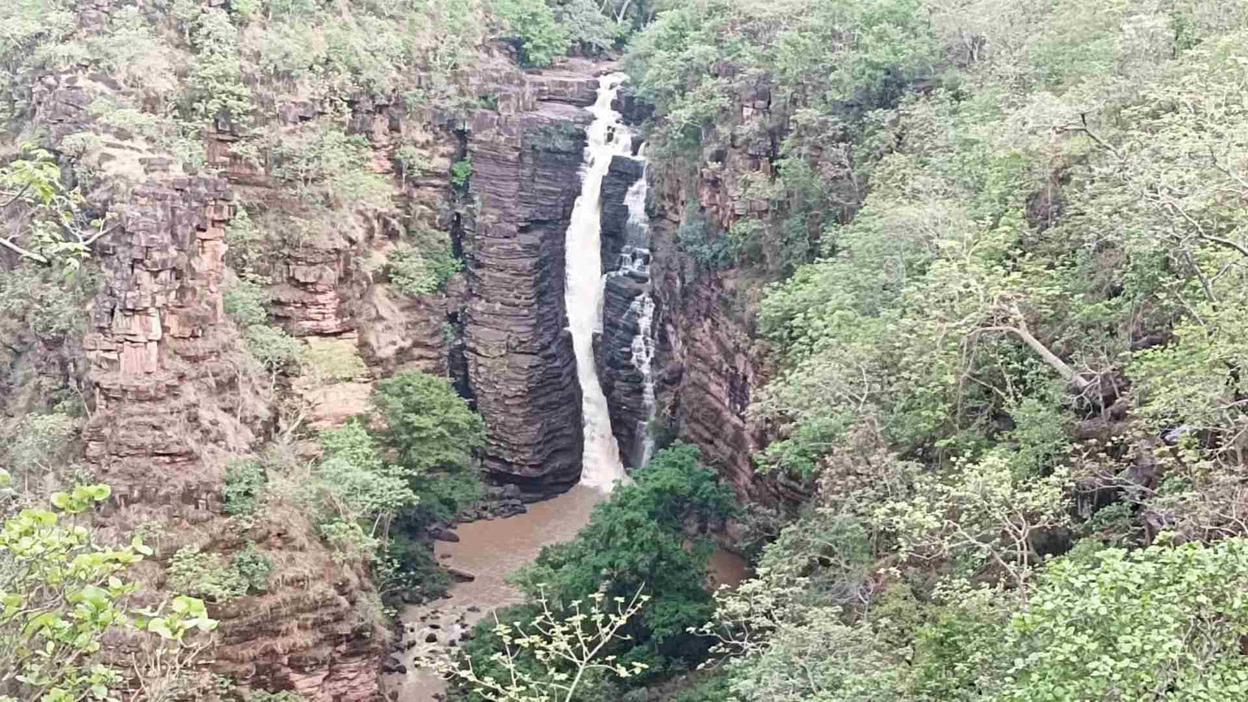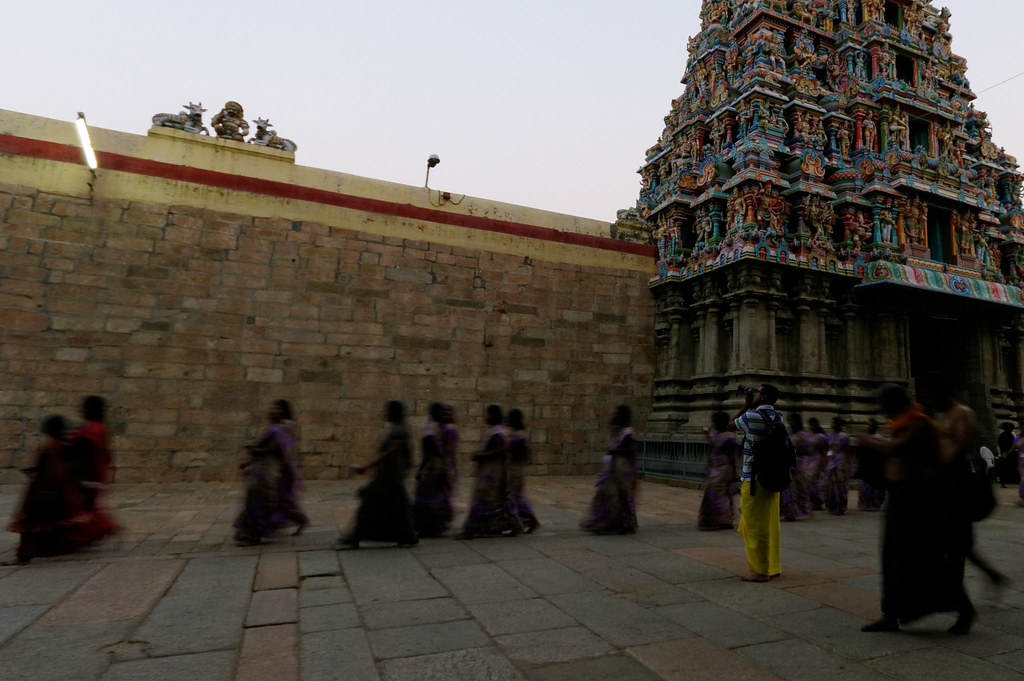
In addition to being the cultural heartland of South India, Tamil Nadu — with its innumerable temples and rich traditions — has also served as a maritime empire linking India to civilizations throughout Asia, the Middle East, and Europe. Beginning during the Sangam Age (from around the 3rd century BCE to the 3rd century CE), the Tamil coastlines were alive with commercial activity. Ships carrying pepper, pearls, textiles, and ivory from Tamil ports traveled all the way to Rome, Egypt, China, and Southeast Asia, returning with gold, horses, wine, and luxury items.
1. Kaveripattinam (Poompuhar) – The Fabled Chola Port
The most renowned of all ancient Tamil ports, Kaveripattinam (Poompuhar) was the thriving capital port city of the Early Cholas. Located at the delta of the Kaveri river, it was the center of international marine trade during the Sangam period. Ancient Tamil literary works like the Silappathikaram and Manimekalai, extol Poompuhar as a lively coastal town with merchants, ships, and foreign sailors. The port town exported spices, pearls, textiles and ivory, while importing products such as gold, wine, and glassware from distant lands. Excavations conducted at Poompuhar have yielded terracotta artifacts, amphorae, Roman jars, and ancient wharfs, all of which affirm the vigorous trade connection between the Roman Empire and South East Asia.
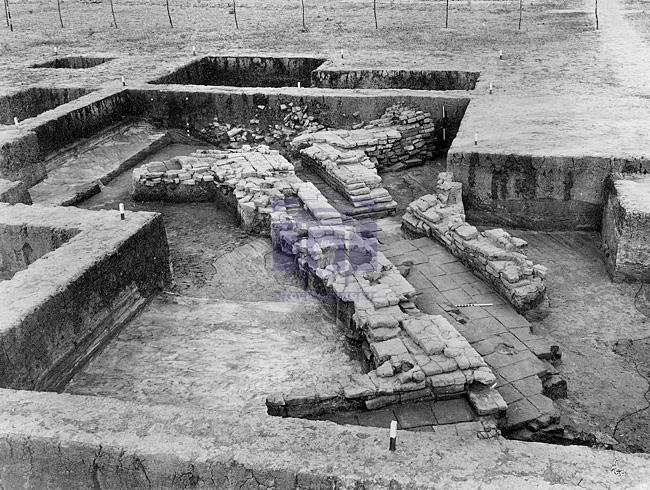
2. Arikamedu – The Indo-Roman Trade Center
Located just south of modern-day Puducherry, Arikamedu is among the most significant archaeological sites that detail the trade with the Roman world from Tamil Nadu ancient history. The context in which the site had first been excavated in the 1940s by Sir Mortimer Wheeler, revealed an astonishing amount of Roman pottery, amphorae, beads, and coins dating from the 1st century BCE to the 2nd century CE. Arikamedu was an Indo-Roman trade settlement in which Tamil traders and Roman merchants traded textiles, beads, spices and jewels for Roman wine, olive oil and metalware. The site was strategically located on the Coromandel Coast, which was a natural stop along shipping routes between Egypt and South East Asia.

3. Korkai – The Port of the Old Pandya
Long before the Chola dynasty made their mark, the Pandyas of southern Tamil Nadu controlled a significant trade port named Korkai located near present-day Thoothukudi District. Korkai was mentioned in Sangam literature, and is depicted as a busy port known for its famous pearl fisheries from the Gulf of Mannar. The Pandyas traded high-quality pearls, conch shells, and other fish to the Greeks, Romans, and southeast Asia, making Korkai an important port and trading area in the early phases of global trade networks. Archaeological excavations have uncovered Roman coins, pottery, and anchors to demonstrate that Korkai was an important center in the early Indian trade networks and the larger international maritime trade networks.
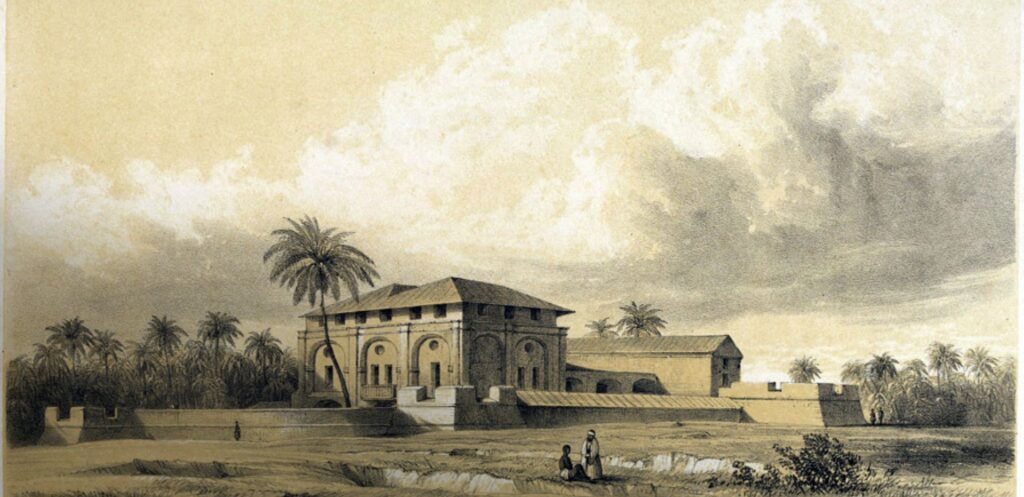
4. Alagankulam – A Neglected Roman Trading Center
Alagankulam is another awesome archaeological site located near Ramanathapuram that provides insight into Tamil Nadu’s commercial exchanges with the Roman Empire. Excavations at this site have uncovered Roman amphorae, coins, and pottery dating to the first century BCE, suggesting a lively Indo-Roman trade network. Alagankulam appears to have been a transshipment point as it is situated conveniently close to Rameswaram and would have made good routes with Sri Lanka for trade. Tamils likely exported spices, cotton, and pearls, while importing Roman goods and luxury items.

5. Nagapattinam – The Medieval Maritime Gateway
Under the Chola Empire (9th–13th century CE), Nagapattinam emerged as an important port city. It facilitated contact between Tamil Nadu and Southeast Asia and the Chola kings sailed from here to Sri Lanka, Indonesia, and Malaysia, where they would develop cultural and political ties with kingdoms such as Srivijaya. Nagapattinam developed as a cosmopolitan center for Buddhist monks, Chinese traders, and Arab merchants. This city had a famous Buddhist vihara (monastery) built by the Srivijaya King, and it was prominent in Chinese authors’ accounts, such as of Xuanzang.

6. Thondi – A Chola-Pandya trade port
Thondi, on the southeastern coast, is another of the Sangam period ports that thrived during both the Chola and Pandya dynasties. It was a key connecting point from the inland trade routes and overseas commerce. Thondi is often celebrated in Tamil Sangam poetry as a thriving urban city with prosperity, pearl fishery and merchant activity. It played a significant role in maritime trading with Sri Lanka and the Far East, and it is also known for exporting spices, gems and textiles. The archaeological remains and literary texts place it reminiscent as an ancient port in Tamil Nadu.

7. Kayalpattinam (Kayal) – A Medieval Pandya Port
Kayal (Kayalpattinam) took over from Korkai to become the principal Pandya port by the 13th Century CE. Kayal became an important Arab trade centre, especially in pearls and horses. The famous Venetian traveller Marco Polo visited Kayal around 1293 CE, noting it was a prosperous urban settlement with rich merchants and engaged in maritime trade. Kayal’s affiliations with the rest of the world brought commodities and Islamic influence, making it one of the first centres of Arab settlements, trade, and cultural exchange in South India.

8. Tuticorin (Thoothukudi) – The Modern-Day Successor of Ancient Ports
The ancient ports of Korkai and Kayal eventually faded, but their maritime legacy endured in Tuticorin (Thoothukudi), which grew into one of the most significant modern ports of Tamil Nadu. The history of Tuticorin traces back to the days of the Pandyan and Chola rule, when it had already gained prominence as a center for pearl trade and shipbuilding. Later, under the Portuguese and British rule, Tuticorin became an important center for salt production, fishing, and shipping. Today, it is one of India’s major ports, reflecting the ancient maritime culture of the region.
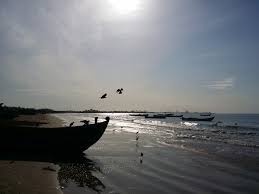
9. Mahabalipuram (Mamallapuram) – Port and Heritage of the Arts
Mahabalipuram is still best known for its great Pallava rock-cut temples and sculptures, however, it was also a port city during the 7th–8th centuries CE. Ships traveled from the peaks of Southeast Asia, and this includes China, even Sri Lanka, with whom they had traded before. The iconic Shore Temple fronting on the Bay of Bengal embodies the integration of seaborne trade and sacred space. Inscriptions and sculptures at this UNESCO World Heritage site depict ships, sea voyages and merchants working, emphasising Mahabalipuram’s concurrent religious and maritime roles.

10. Rameswaram – The Spiritual Maritime Crossroads
Becoming an important location in ancient maritime trade, Rameswaram has always been a pilgrimage destination. Located strategically close to the maritime route to Sri Lanka, Rameswaram was a transiting port for traders, pilgrims, and travelers. The presence of Alagankulam and Kayal nearby further established the importance of the area as a link between the Indian subcontinent and Sri Lanka. It was through these temples, sea routes, and coastal settlements that this historic connection was formed to shaped the religious journey and commercial exchange in the region.
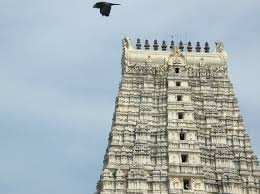
Final Thoughts
The ancient shores of Tamil Nadu, from Poompuhar to Nagapattinam, Arikamedu to Korkai, were more than just trading centers. They were important avenues for cultural diffusion across lands; linking India with Rome, Arabia and Southeast Asia. They provided the means for Tamil culture, language, art and faiths such as Hinduism and Buddhism to spread across the seas. These ancient ports aided in turning Tamil Nadu into the global center for commerce, craftsmanship and culture, hundreds of years before any notion of globalization. Today, based on their remains and narrative, we are constantly reminded that Tamil Nadu was once the Pearl of the Indian Ocean; a treasured maritime legacy.



